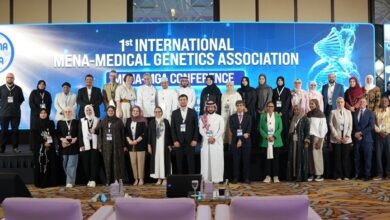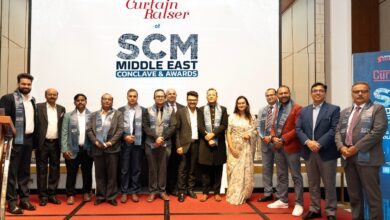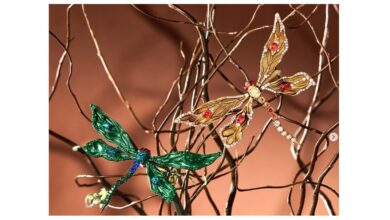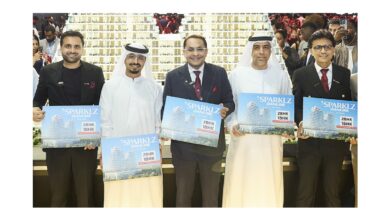Three authors reinforce how books integrated with modern teaching methodologies encourage ‘learning with passion’ at a panel discussion
Three children’s educators have highlighted the importance of blending science and technology in children’s books to encourage learning with passion at an insightful discussion titled ‘Pages of Science’, held at the 13th Sharjah Children’s Reading Festival (SCRF) at Expo Centre Sharjah.
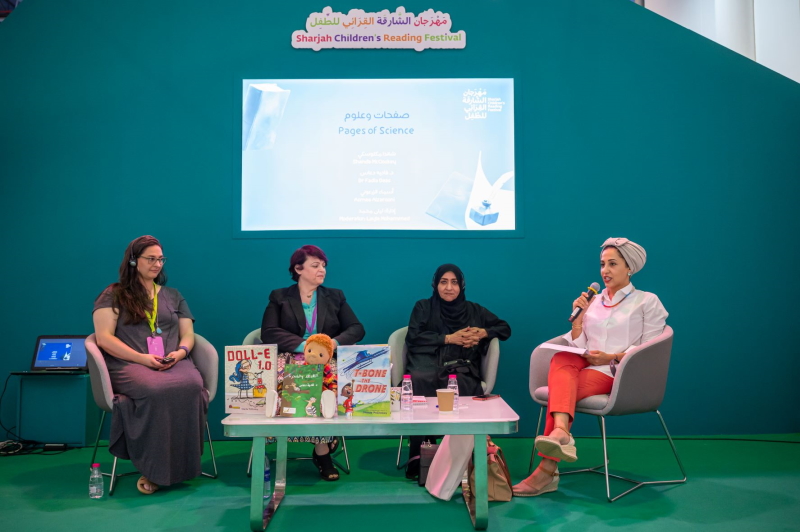
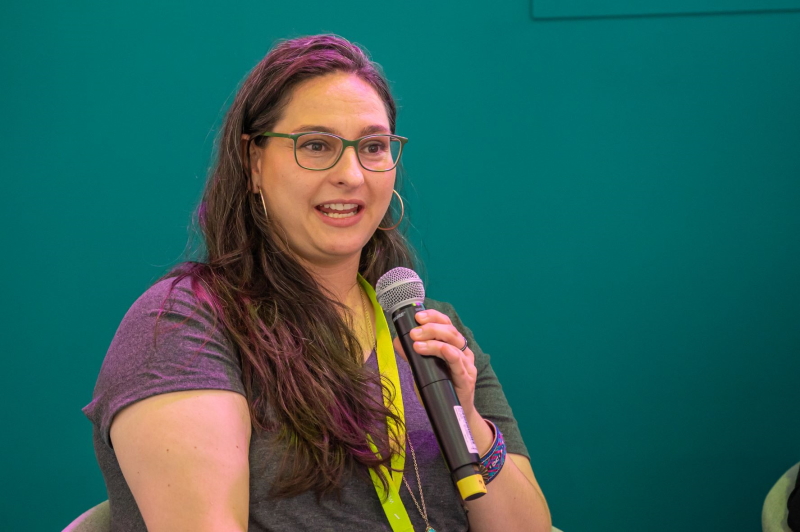
Award-winning STEM-friendly picture books author, Shanda McCloskey, children’s book writer Dr. Fadia Daas, and Emirati poet and novelist Asmaa al-Zarouni, discussed how books integrated with modern teaching methodologies stimulate creativity during a panel session moderated by Layla Mohammed.
“As an author I must have researched as many as 10 publishing houses that, between 1975 and 2022, released over 2,800 titles. Of these, only about 330 have specialised in sciences and almost half of them have been translated into Arabic,” said Dr. Fadia Daas, a former early childhood educator-turned-children’s author.
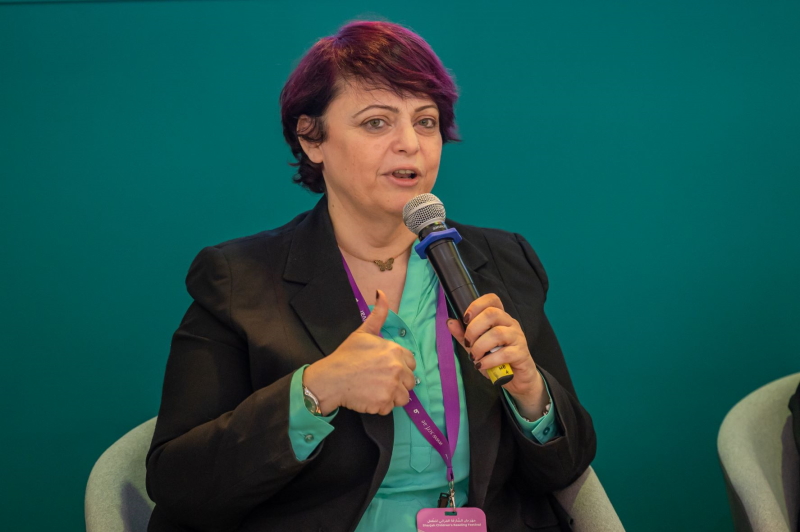
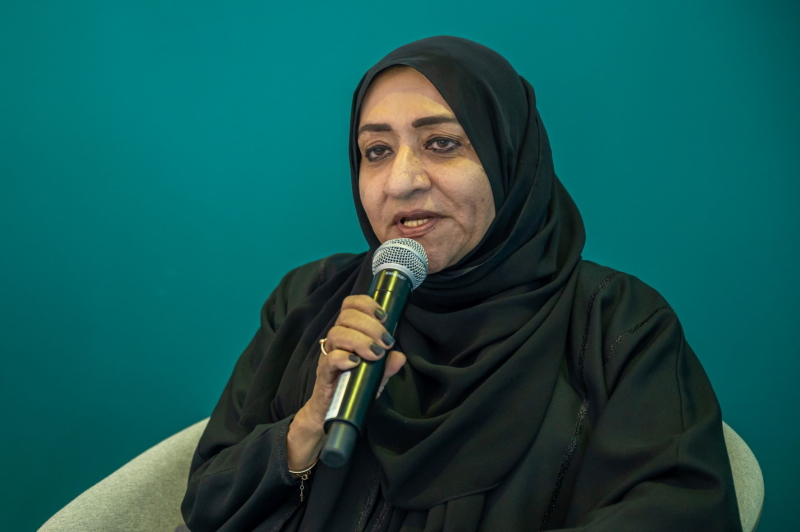
Stating that books enhance scientific imagination in only “about eight out of every 100 children” in her conservative estimate, she continued: “We must use the architecture of imagination more in physical books to encourage children to treasure the book in their hands.”
The panel also discussed at length the idea of imagineering (a blend of “imagination” and “engineering”) and how new age paper books must implement creative ideas in a more practical form.
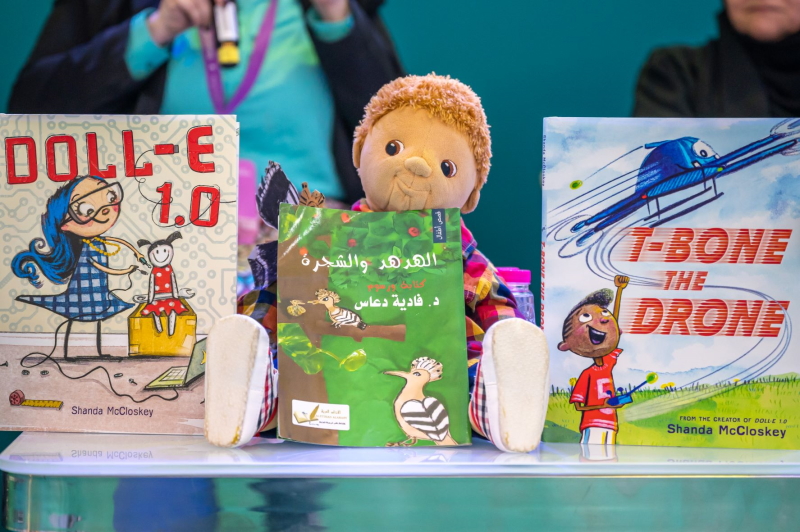
“I think children are good imitators of adults and so we must set examples for them by making the experience more visual and more absorbing because modern childhood is one where technology plays a pivotal role. As writers, we must attempt to enhance their scientific imagination through modern technology to encourage them to read more,” said Al Zarooni, adding that children begin to develop a strong sense of scientific imagination between the ages of nine and 12.





Debating on the importance of physical books versus eBooks, former high-school art teacher McCloskey chose to take the middle path, calling both “two different art forms that offer two different kinds of experiences.”
Elaborating how reading a bedtime book couldn’t be compared to what flipping through an e-book does, and vice versa, the mother of two added: “The secret case covers on my book, for example, cannot be replicated digitally while many things that a digital book does – including sounds and visuals – cannot be reproduced on the pages of a physical book.”
“Imagineering requires us to explore new frontiers to create books worth treasuring – we cannot set limits,” added the writer and illustrator while urging the audience to refrain from demonising technology. “That is the reality of the young generation and just because its different from what we may have experienced, it doesn’t make it worse or better.”


